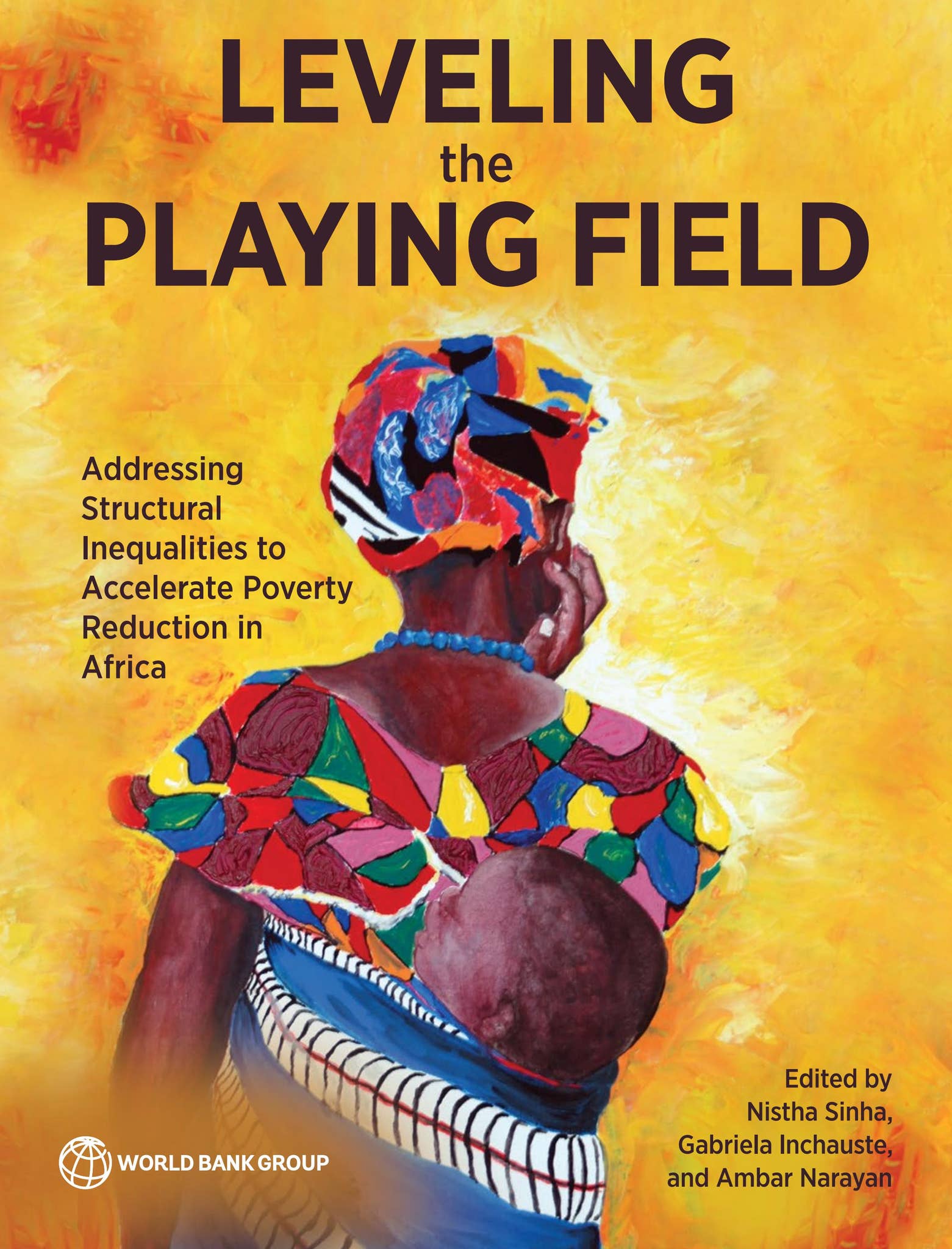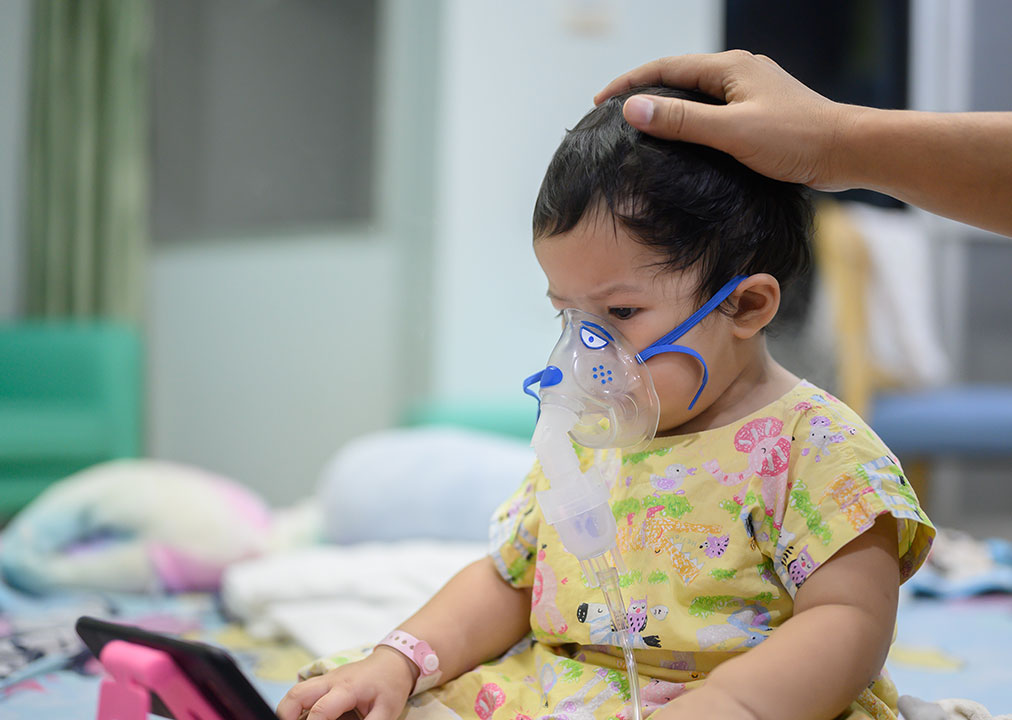Economic inclusion matters for refugees and for host countries – LSE Blogs

Report on the Economic Inclusion of Refugees and Alignment with Sustainable Development Goals
Introduction: The Global Displacement Crisis and the Imperative for Sustainable Solutions
The number of forcibly displaced persons has surpassed 122 million globally, presenting a significant challenge to the international community. A substantial majority, over 70%, are hosted in lower-middle-income countries, placing considerable strain on national resources. The economic inclusion of refugees—providing access to employment, skills training, financial services, and entrepreneurship opportunities—is a strategic necessity. This approach directly supports the achievement of multiple Sustainable Development Goals (SDGs) by transforming a humanitarian crisis into an opportunity for shared growth and development, reducing dependency on aid and fostering self-reliance.
The Economic and Social Case for Refugee Integration
Advancing SDG 8: Decent Work and Economic Growth
Integrating refugees into the formal economy is a direct catalyst for achieving SDG 8. By enabling refugees to work and start businesses, host countries can unlock significant economic potential. The story of Sahar Fuad, a Yemeni refugee who established a successful rug-making business in Ethiopia, exemplifies the entrepreneurial spirit that refugees can contribute.
- Job Creation and Economic Contribution: A study by the development agency DAI in Ethiopian refugee camps found that 98% of refugee-owned microenterprises employ between one and five people. These businesses generate average annual sales between £1,100 and £1,500 and contribute over 2,100 days of labor each year.
- Business Growth and Financial Viability: Development organizations like Inkomoko demonstrate the success of targeted support. Businesses in their programs experience a 70% increase in revenue within six months. Inkomoko has disbursed £22 million in loans with a repayment rate over 95%, creating more than 40,000 jobs for both refugees and host communities.
- Reducing Aid Dependency: Full economic participation by refugees could reduce the annual global cost of assistance by nearly 75%. Even modest policy changes easing labor restrictions could boost refugee income by 25%, generating over £8 billion in economic contributions and reducing aid requirements by a similar amount.
Addressing SDG 1 (No Poverty) and SDG 10 (Reduced Inequalities)
Economic inclusion is a powerful tool for poverty alleviation and reducing inequalities. Currently, only 20% of refugees in low-income countries are self-reliant. Prohibiting refugees from working perpetuates a cycle of dependency and poverty, contrary to the principles of SDG 1. Granting economic rights allows refugees to achieve self-sufficiency, improve their quality of life, and contribute as equals within their host societies, thereby advancing SDG 10 by reducing social and economic disparities.
Barriers to Economic Inclusion and Contradictions to SDG Progress
Systemic Obstacles and the Informal Economy
Despite the clear benefits, refugees face significant barriers that hinder their economic potential and undermine progress on the SDGs.
- Restrictive labor laws
- Non-recognition of professional qualifications
- Discrimination in the labor market
- Bureaucratic hurdles to formal employment and business registration
These obstacles force a majority of refugees into the informal sector. A UNHCR study showed refugees are 60% more likely than host populations to work informally, while research from MIT indicates over 70% of refugees globally work in this sector. This reality directly contradicts the “Decent Work” target of SDG 8, as it exposes them to exploitation, low wages, and job insecurity without social protections.
A Framework for Action: Leveraging Partnerships for Sustainable Development
The Role of International Frameworks and Partnerships (SDG 17)
Addressing this challenge requires collaborative action, as outlined in SDG 17 (Partnerships for the Goals). The UNHCR’s Global Comprehensive Refugee Response Framework (CRRF) provides a policy structure for a more development-oriented approach. The success of this framework relies on strong partnerships between:
- International bodies like the UNHCR
- Development organizations such as Inkomoko, the Danish Refugee Council, and the International Rescue Committee
- Host country governments
- The private sector
Policy Recommendations for Achieving the SDGs
To overcome existing barriers and align national policies with the SDGs, host governments and their partners should prioritize the following actions:
- Grant the Right to Work: Implement inclusive national policies that provide refugees with legal access to the labor market through work permits.
- Recognize Skills and Qualifications: Establish clear pathways for the recognition of refugees’ educational and professional qualifications to fill skilled labor gaps.
- Ensure Access to Financial Systems: Facilitate access to banking, credit, and financial services to support refugee-led entrepreneurship and self-reliance.
- Promote Private Sector Engagement: Incentivize private sector companies to hire refugees and integrate refugee-owned businesses into their supply chains.
Conclusion: A Strategic Investment in Shared Growth
The economic inclusion of refugees is not a zero-sum game but a strategic investment in human capital and shared prosperity. As the global displacement crisis grows and international aid diminishes, enabling refugees to contribute to their host economies is essential. By adopting inclusive policies, host countries can advance their commitments to the Sustainable Development Goals, fostering economic growth, reducing poverty and inequality, and building a more resilient and prosperous future for all.
SDGs Addressed in the Article
-
SDG 1: No Poverty
The article addresses SDG 1 by focusing on the economic vulnerability of refugees who are often reliant on aid. It highlights that economic inclusion enables refugees to achieve self-reliance, thereby reducing their dependence and moving them out of poverty. The text also notes that host countries are often lower-middle-income nations where a significant portion of the population already lives below the poverty line.
-
SDG 8: Decent Work and Economic Growth
This is a central theme of the article. It advocates for providing refugees with access to employment opportunities, work permits, and the ability to start businesses. The article provides examples of refugee entrepreneurship, job creation, and the overall economic contributions refugees can make to host economies, such as increasing GDP and strengthening regional trade.
-
SDG 10: Reduced Inequalities
The article directly tackles SDG 10 by discussing the exclusion and discrimination refugees face. It points out restrictive labor laws, non-recognition of qualifications, and their over-representation in the informal, precarious labor sector. The core argument is for inclusive policies to ensure refugees have equal opportunities for economic participation, reducing the inequality between them and host populations.
-
SDG 16: Peace, Justice, and Strong Institutions
The article connects to SDG 16 by highlighting that refugees are fleeing violent conflict and require supportive legal frameworks in host countries. It calls for governments to implement inclusive policies, such as granting work permits and recognizing qualifications, which are functions of just and effective institutions that provide legal identity and access to rights for all.
-
SDG 17: Partnerships for the Goals
The article illustrates the importance of partnerships by mentioning the collaboration between international bodies (UNHCR), development organizations (Inkomoko, Danish Refugee Council, International Rescue Committee), and governments. These partnerships are shown to be crucial in implementing frameworks like the CRRF and delivering programs that support refugee livelihoods through financing and business development.
Specific SDG Targets
-
SDG 1: No Poverty
- Target 1.3: Implement nationally appropriate social protection systems and measures for all, including floors, and by 2030 achieve substantial coverage of the poor and the vulnerable. The article discusses refugees’ reliance on state aid and how economic self-reliance can reduce this dependency, which is a goal of social protection systems.
- Target 1.4: By 2030, ensure that all men and women, in particular the poor and the vulnerable, have equal rights to economic resources, as well as access to basic services, ownership and control over land and other forms of property, inheritance, natural resources, appropriate new technology and financial services, including microfinance. The article explicitly calls for providing refugees with “access to… financial services, and the ability to start businesses.”
-
SDG 8: Decent Work and Economic Growth
- Target 8.3: Promote development-oriented policies that support productive activities, decent job creation, entrepreneurship, creativity and innovation. The article showcases this through the story of Sahar Fuad’s tufting business and the finding that refugee-owned microenterprises create jobs.
- Target 8.5: By 2030, achieve full and productive employment and decent work for all women and men… and equal pay for work of equal value. The article’s main argument is to allow refugees “full economic participation” in the workforce.
- Target 8.8: Protect labour rights and promote safe and secure working environments for all workers, including migrant workers… and those in precarious employment. The article highlights the problem that over 70% of refugees work in the informal sector, facing “exploitation, low wages, and job insecurity,” which this target aims to fix.
-
SDG 10: Reduced Inequalities
- Target 10.2: By 2030, empower and promote the social, economic and political inclusion of all, irrespective of… origin… or other status. The article is fundamentally about the “economic inclusion for refugees” to enable them to achieve self-reliance and contribute to the local economy.
- Target 10.3: Ensure equal opportunity and reduce inequalities of outcome, including by eliminating discriminatory laws, policies and practices. The article calls for overcoming “restrictive labour laws, non-recognition of qualifications, and discrimination” to achieve this.
- Target 10.7: Facilitate orderly, safe, regular and responsible migration and mobility of people, including through the implementation of planned and well-managed migration policies. The article mentions the UNHCR’s Global Comprehensive Refugee Response Framework (CRRF) as a policy aiming to “transform the way the international community responds to large-scale refugee movements.”
Indicators for Measuring Progress
- Proportion of self-reliant refugees: The article states that “only 20 per cent of refugees in low-income countries are self-reliant, rising to 50 per cent in middle-income countries.” This is a direct indicator of economic independence.
- Job creation by refugee enterprises: The article mentions that Inkomoko has “created more than 40,000 jobs” and that 98% of refugee-owned businesses in an Ethiopian study “employ between one and five people.” This measures the economic impact on the wider community.
- Business revenue growth: The article notes that businesses in Inkomoko’s program experience a “70 per cent increase in revenue within six months,” indicating successful entrepreneurship.
- Access to and repayment of financial services: The article cites that Inkomoko “disbursed £22 million in affordable loans, with a remarkable repayment rate of over 95 per cent,” indicating financial inclusion and creditworthiness.
- Proportion of refugees in informal employment: The article indicates progress can be measured by tracking the percentage of refugees in the informal sector, citing that they are “60 per cent more likely than host populations to be employed in the informal sector” and that “over 70 per cent of refugees globally work in the informal sector.”
- Reduction in aid dependency: An implied indicator is the reduction in international aid costs. The article quantifies this by stating that with full economic participation, the annual global cost of assistance could “fall by nearly 75 per cent.”
- Economic contribution of refugees: The article suggests measuring the economic input of refugees, noting that easing labor restrictions could “generate over £8 billion in economic contribution.”
Summary Table of SDGs, Targets, and Indicators
| SDGs | Targets | Indicators |
|---|---|---|
| SDG 1: No Poverty | 1.4: Equal rights to economic resources and access to financial services. | Percentage of self-reliant refugees; Amount of loans disbursed to refugees (£22 million); Loan repayment rate (95%). |
| SDG 8: Decent Work and Economic Growth | 8.3: Promote policies for decent job creation and entrepreneurship. | Number of jobs created by refugee enterprises (40,000+); Increase in business revenue (70%). |
| 8.8: Protect labour rights and promote safe working environments. | Proportion of refugees working in the informal sector (over 70%). | |
| SDG 10: Reduced Inequalities | 10.2: Empower and promote the social and economic inclusion of all. | Reduction in global aid costs due to refugee economic participation (potential 75% fall); Economic contribution generated by refugees (£8 billion). |
| 10.3: Ensure equal opportunity by eliminating discriminatory laws and policies. | Existence of restrictive labor laws and non-recognition of qualifications (implied negative indicator). | |
| SDG 17: Partnerships for the Goals | 17.17: Encourage effective public, public-private and civil society partnerships. | Mention of partnerships between UNHCR, governments, and NGOs like Inkomoko, DRC, and IRC. |
Source: blogs.lse.ac.uk

What is Your Reaction?
 Like
0
Like
0
 Dislike
0
Dislike
0
 Love
0
Love
0
 Funny
0
Funny
0
 Angry
0
Angry
0
 Sad
0
Sad
0
 Wow
0
Wow
0












































































